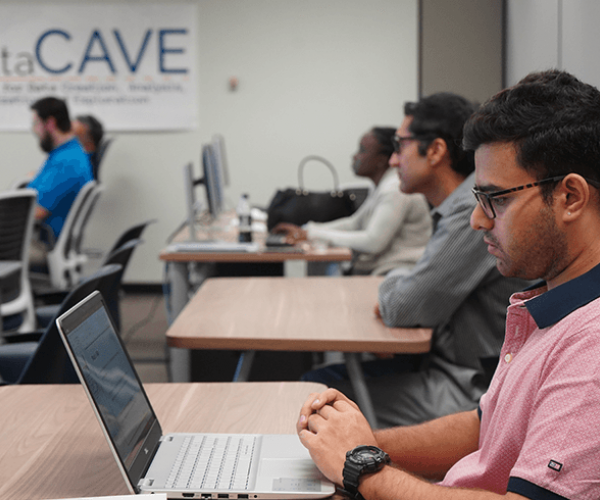Copyright and Fair Use
*Please note that the information on this page or provided by UTA Libraries’ staff should not be considered legal advice or guidance. We provide information only.*
Quick Guide
|
Type |
Brief definition |
Examples/actions |
|
Intellectual Property |
Intangible creations of human intellect and creativity |
Literary and art works, inventions, designs |
|
Exclusive rights to use your own or someone else’s intellectual property |
Reproducing, distributing, making derivatives of, or performing a work |
|
|
License schema that enables author rights retention and distribution of a work to users based on author choice |
CC-BY (Attribution) license that requires users to attribute a creator when they use a work |
|
|
Public Domain |
Work not protected by copyright and which may be freely used by everyone |
US Government docs, the works published before 1928 in the US |
|
US protection allowing limited and transformative use of copyrighted works without permission for nonprofit educational purposes |
Scanning a chapter or two of a copyrighted research book to share with students in a course as a digital pdf |
UTA Libraries’ work relates to copyright needs and concerns in a variety of ways. We are often asked by our patrons and partners about their own copyright questions. In addition to the quick guide definitions and examples above, below we offer insights based on frequently asked questions.
In the United States, when you make your intellectual property tangible, you automatically have copyright for it. The rights defined in U.S. copyright law are exclusive rights of the copyright holder – the author or creator.
These rights are alienable, meaning you can give them away or sell them. You may grant licenses for these rights, which can be exclusive (meaning just the one person or entity you name may use the rights) or non-exclusive (meaning that you are granting rights to a person or entity but reserving the right to grant those rights to others, too). Many agreements authors sign with publishers are exclusive. Creative Commons licenses are non-exclusive, for example.
These rights are also divisible, meaning you can retain some rights while giving away or selling other rights. An exclusive copyright release to a publisher is functionally a full transfer of rights from the author/creator to the publisher (i.e., the author/creator loses their copyright to their intellectual property). You can negotiate with your publisher to keep all of your bundle of rights, or at least some of them. Using the SPARC Addendum is a straightforward way to seek rights retention from your publisher. Many publishers include contractual language that suggests that the author or creator sign away many more of their rights than is necessary.
Why give away your intellectual property? The Creative Commons licensing system ensures that authors retain their copyright and tell users what they can/cannot do with that work. Most open access publishing agreements today require that the author choose a CC license for their work.
For more information, contact your subject librarian and/or refer to the additional resources below. If you are looking for information about trademarks or patents, see the resources provided by UTA’s Office of Innovation and Commercialization.
- Copyright.org Q&A
- UTA Intellectual Property Policy, HOP Policy 5-702
- UT System: Intellectual Property and Technology Transactions
- UT System Copyright Policy
- UT System Getting permissions Guide
- SHERPA/RoMEO database of academic publisher’s copyright and open access policies
- What to Look for in Publisher Copyright Agreement Forms?
- Negotiating Guide from Arizona State University
